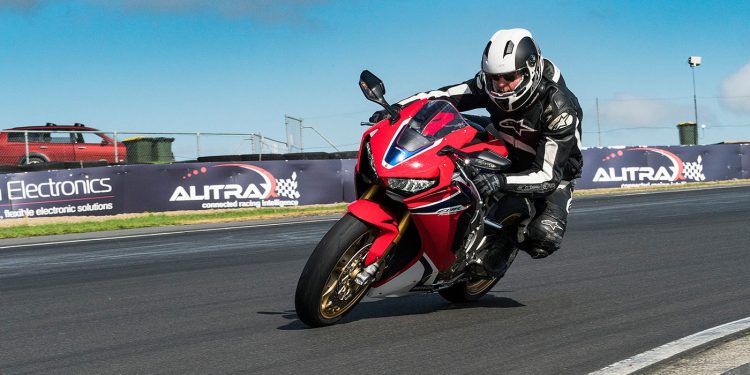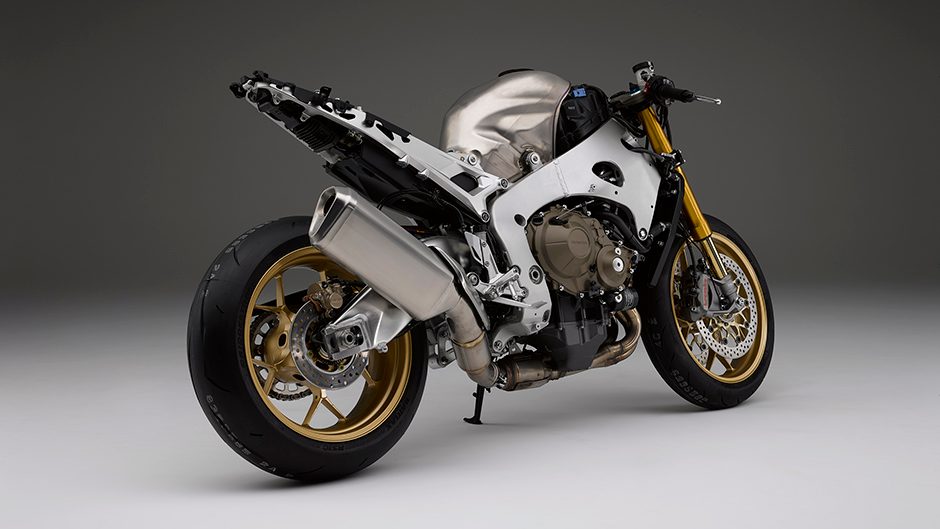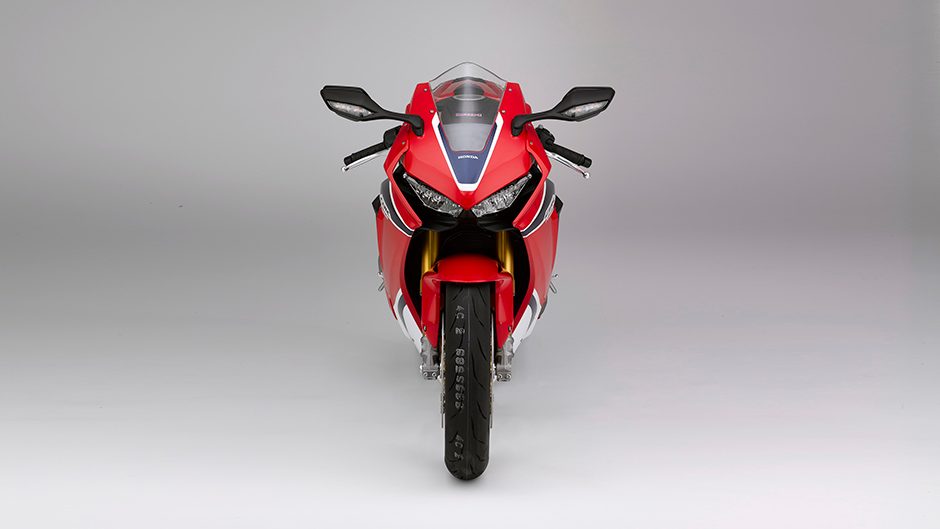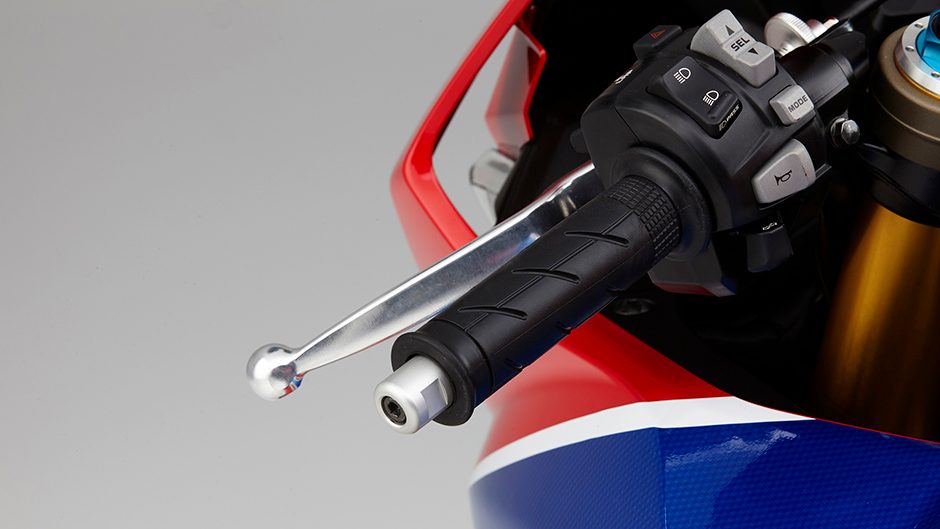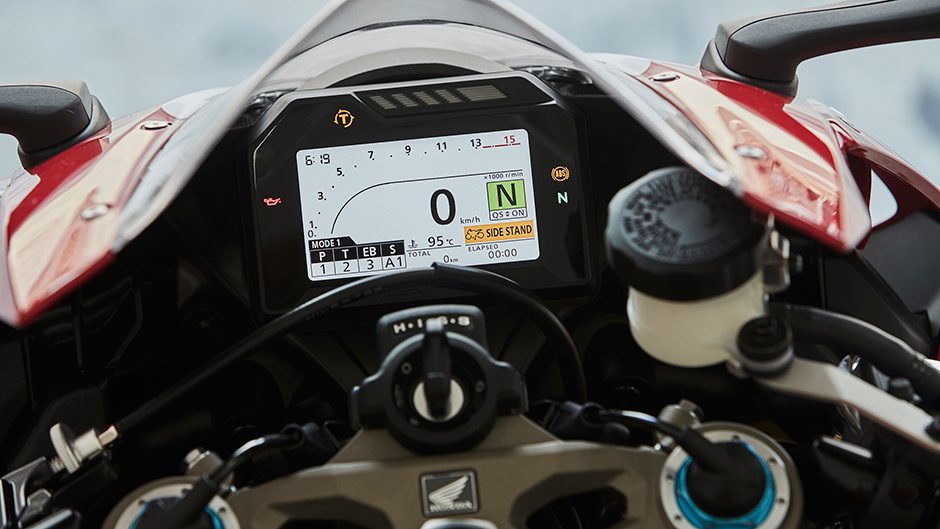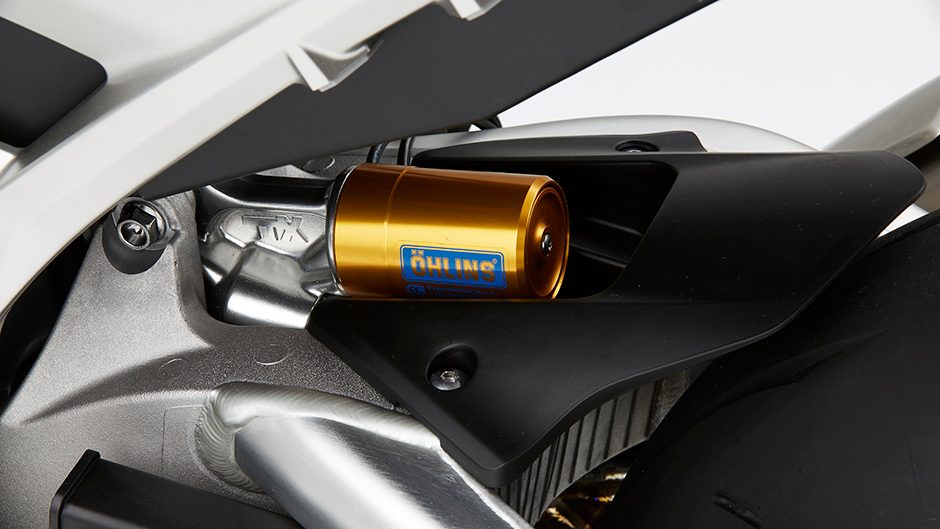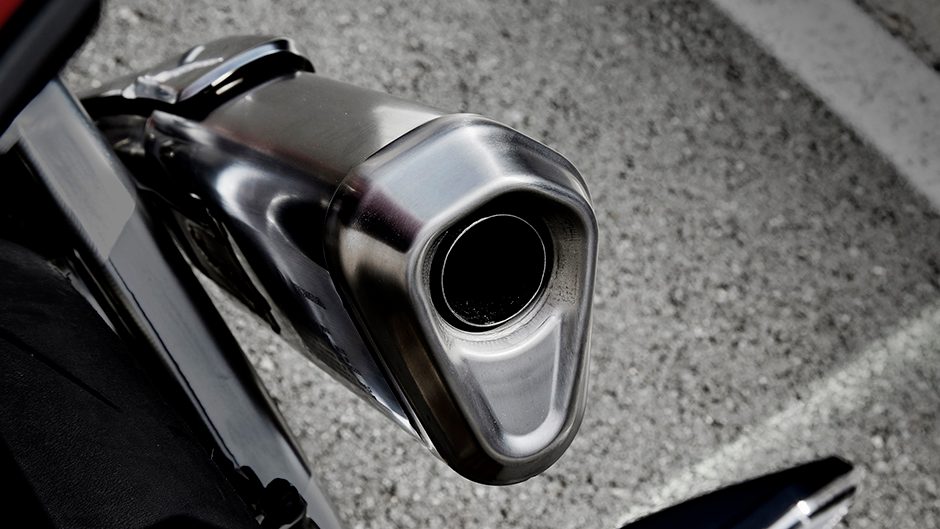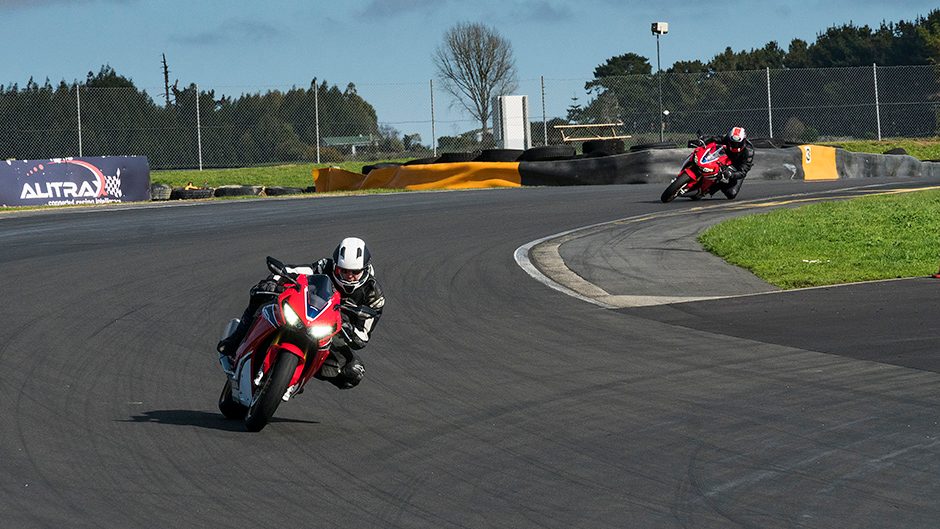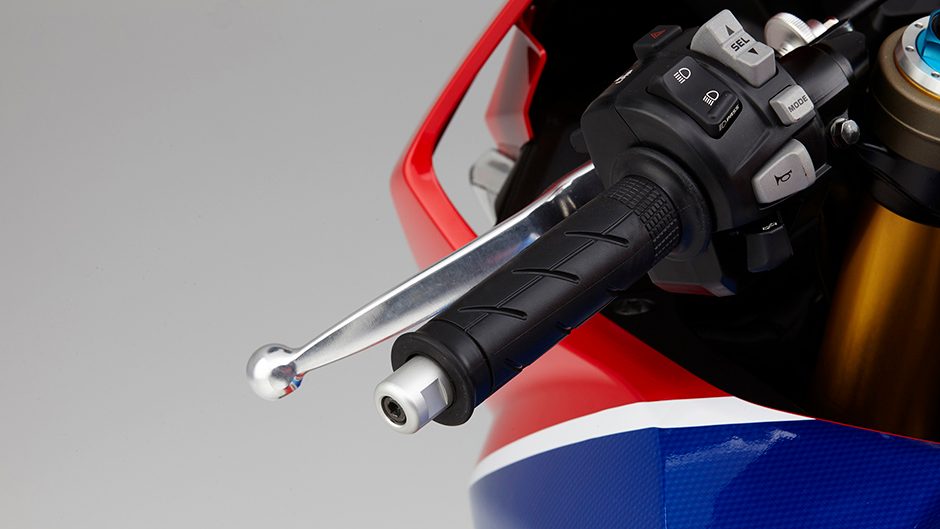2017 Honda CBR1000RR track test
Words Peter Louisson | Photos Tom Gasnier
Another new RR superbike debuts, this time Honda’s latest CBR 1000 RR. It’s the return of the Fireblade and we get to check it out at Hampton Downs racetrack.
Honda has just released its latest Fireblade, the 13th generation, and it’s now on sale here. From a bike that kicked off as the CBR900 Fireblade in 1992, a quarter of a century later we’re riding the 25th Anniversary edition. The previous model has been around since 2008 with minor updates on an annual basis.
But for 2017 it’s totally reforged, with a new frame and engine, and fresh bodywork, not to mention suspension and brake upgrades. There wasn’t much wrong with the outgoing model that a lack of electronic safety gizmos wouldn’t fix. The bike that won numerous Suzuka 8-hour races was the one we got to ride first up on track, before sampling its successor. Clearly distributors, Blue Wing Honda, wanted to demonstrate to us the magnitude of improvements, not just from chassis upgrades but also arising from the suite of new electronics.
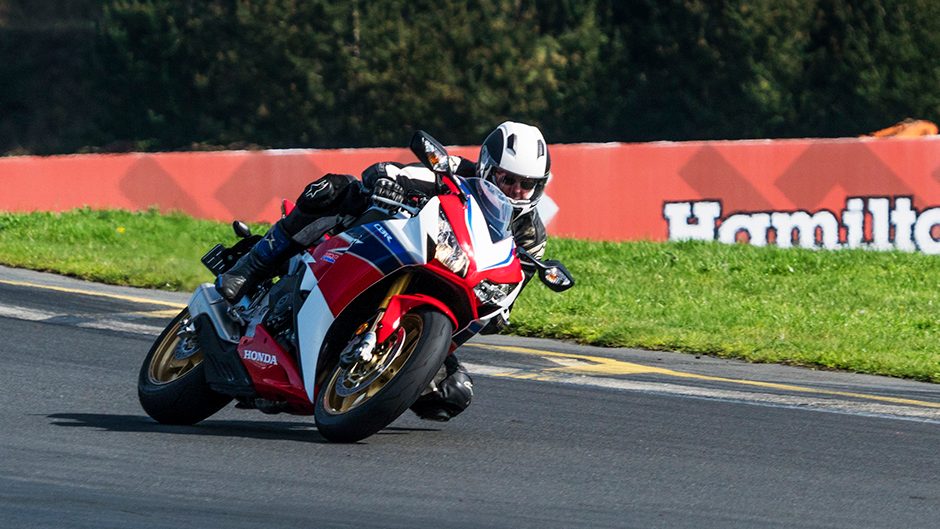
More gizmos yet less weight
There are numerous changes to the new Double R but two are key. It’s power to weight ratio gets a boost, thanks to a weight cull, and a decent hike in output. Moreover, the Fireblade finally gets a proper electronics package, consisting of ride-by-wire throttle (so engine modes and TC), along with an IMU that permits, among other things, cornering ABS. But the lesser upgrades are just as noteworthy. For example, there’s a flash new high resolution LCD screen with a layout that’s straightforward.
It’s also a snip to change the main settings, like switching between the three preset riding modes. This you can do on the fly by hitting the main select switch on the left handlebar. That toggles between mode 1, with full power, and minimal TC intervention, and the intermediate setting, and finally to the rain mode where everything is backed off. To complete the switch, you just roll off the throttle momentarily.
For those track day fans, there are two user modes so you scroll through the individual set-up areas (again easy to do) and change engine power to 1, TC to 1, engine braking to 1. On the SP1 model, which adds Öhlins semi-active suspension with adaptive damping, you can fiddle with that too. But if you’re just wanting basic settings, the three modes as set up by Honda are perfectly adequate and that’s what we stuck with on track.
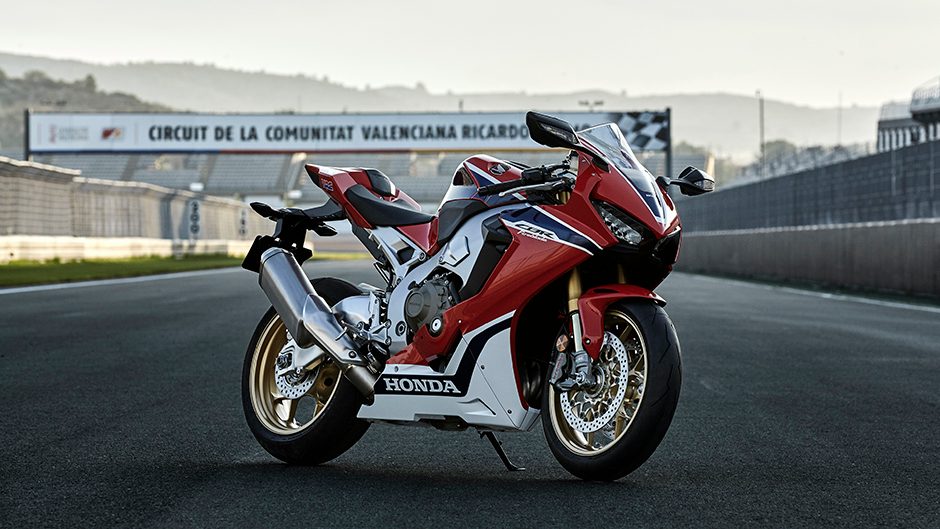
Power to weight mash up
They’ve carved big chunks out of everything so the new Blade even looks smaller! It’s narrower across the front, and the fairing is more compact and made of thinner, lighter fibreglass. Honda has culled 15kg overall, and at 196kg it’s now amongst the lightest of the superbikes. On the SP1 the tank and exhaust are formed of titanium, saving another kg over the RR, though adding some expense. There’s a $5k premium for that, the upgraded Brembos, the bidirectional quickshifter, and the Öhlins suspension, costing $32,995 all up, while the RR goes for $27,995.
So pricing undercuts that of Aprilia’s RSV4 RR and BMW’s S 1000 RR. Aprilia’s special editions cost the same as the SP1. An engine hot up adds 10hp for a total of 189 which is roughly 10 less than what the opposition manages, including the new GSX-R1000. But these are just numbers and they’re all about as quick on track; each goes like a cut cat. It’s how the chassis and suspension go about their business that’s just as relevant.
The upshot being?
In dry conditions, the Honda felt rather like an amalgam of the two other RRs we’d ridden recently on track, only it ended up being better than both. It has similar stability to the Aprilia but matches the agility, ease and the comfort of the BMW, and has better brakes than the both of them, at least on the SP1. We only had a short few laps on the base RR model before an unfortunate event which can happen any time you try to balance a motor and ancillaries on two wheels. As cartoon character Fred Gassit would say, “bikes fall over if you don’t go fast”.
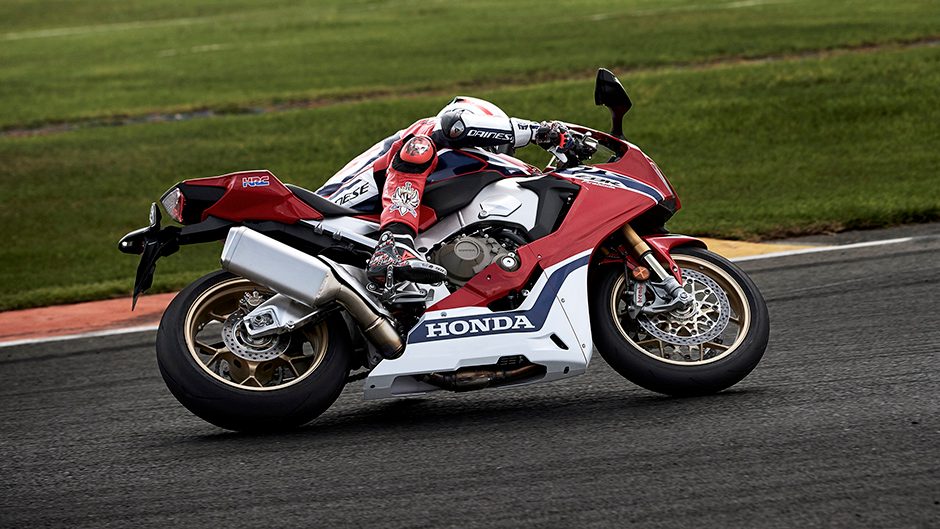
Go too fast on unscrubbed tyres though… Anyhow, we’d started out on the old Fireblade and was impressed at how effective the bike was without any electronic aids whatsoever. It really didn’t seem to be far adrift of the Aprilia or BMW in any significant way, apart perhaps from instrument resolution. The ride was more forgiving than the RSV4’s and it felt more akin overall to the BMW, being an inline four, though didn’t seem to change direction quite as readily.
Onto the new CBR 1000 RR and immediately there are clear differences, not the least of which is its captivating dash. Everything is so easily discernible, revs and speed clear and taken in at a glance. But it’s the feel of this bike that is also transformed, including its riding position. It’s less of a stretch, and doesn’t feel as big, not just physically but in the manner in which it changes direction. Underpinning this a redesigned and stiffer swingarm, and “adjusted rigidity balance for the frame” meaning some bits stiffer, some not.
It is easier to change direction on, and feels even quicker than the former bike, seemingly without trying as hard. But it’s certainly more flickable, and although we only got a wee bit of time on the RR what also impressed was the smoothness of the transmission and the refinement and progressive power of the engine. The BMW sounds raw by comparison; the mechanical whirrings of the CBR are better muffled.
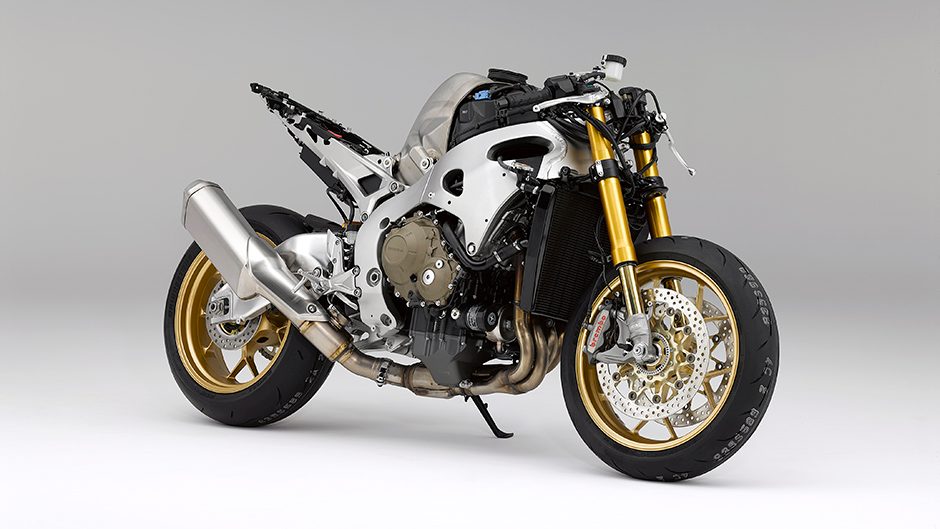
SP for special
It was the SP1 we rode for the remainder of the day. It comes standard with a bidirectional quickshifter, which is an option for the RR. These have come a long way in a few short years, and the CBR’s is superb. Lightweight, positive and autoblipping just so, we hit neutral only once all day, probably by not being quite positive enough when selecting first gear into turn four. The brakes on the SP1 are simply breathtaking.
Just when you think you’re hitting maximum retardation, applying a little more pressure adds further stopping power. On the short straight after turn four we were consistently hitting 215km/h before the braking point, 10-15km/h quicker than on the Aprilia or BMW. And it was the same scenario up the main straight with higher terminal speeds and less concern about slowing the bike before turn one. No doubt the semi-active suspension plays a hand in this.
The thinking behind the Fireblade has always been to make life easier for its rider, and the electronics package takes that concept a step further, only without interposing itself in any obvious way. And atop all that the bike is lighter, quicker, more agile and comfier with its semi-active suspension. It looks the part too, especially the SP1 with its trick Öhlins and Brembos, and its silver frame. If you revel in track days and also devote time to unwinding roads in the back blocks, this new ’Blade may be the cutting edge tool you’ve been waiting and hoping for.
| Model | Honda CBR 1000 SP1 | Price | $32,995 |
| Engine | 999cc, liquid-cooled, fuel injected, IL4,141kW/116Nm | Drivetrain | 6-speed, chain final drive |
| 0-100km/h | 3.06sec | 100-0km/h | 47m |
| 80-120km/h | 1.28sec (36.3m) | Weight | 195kg |


